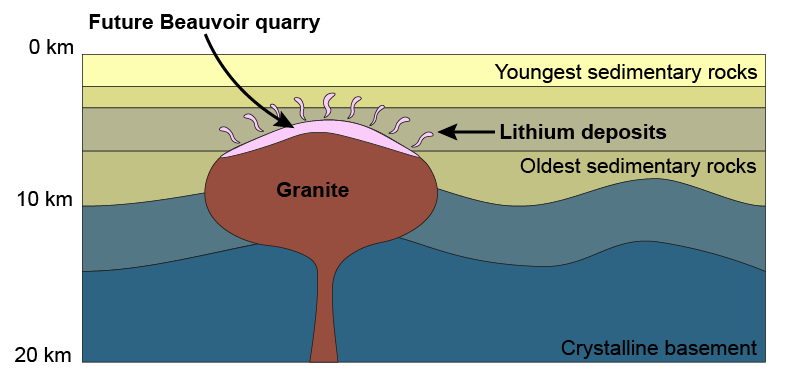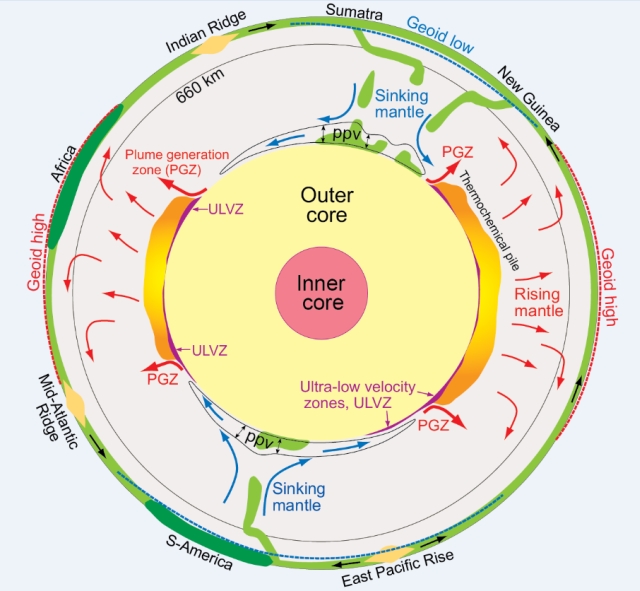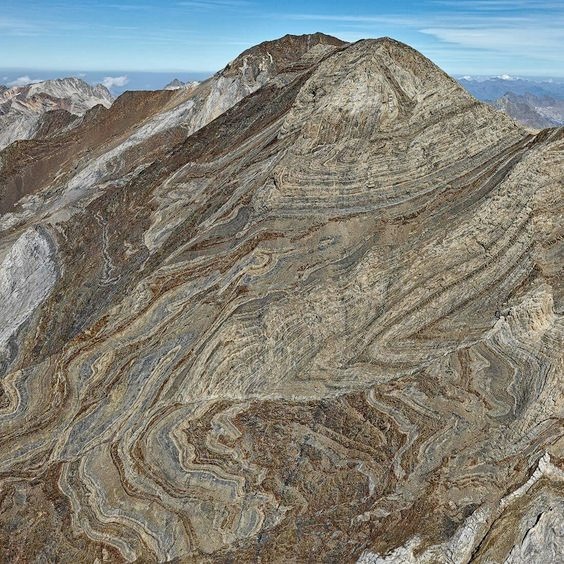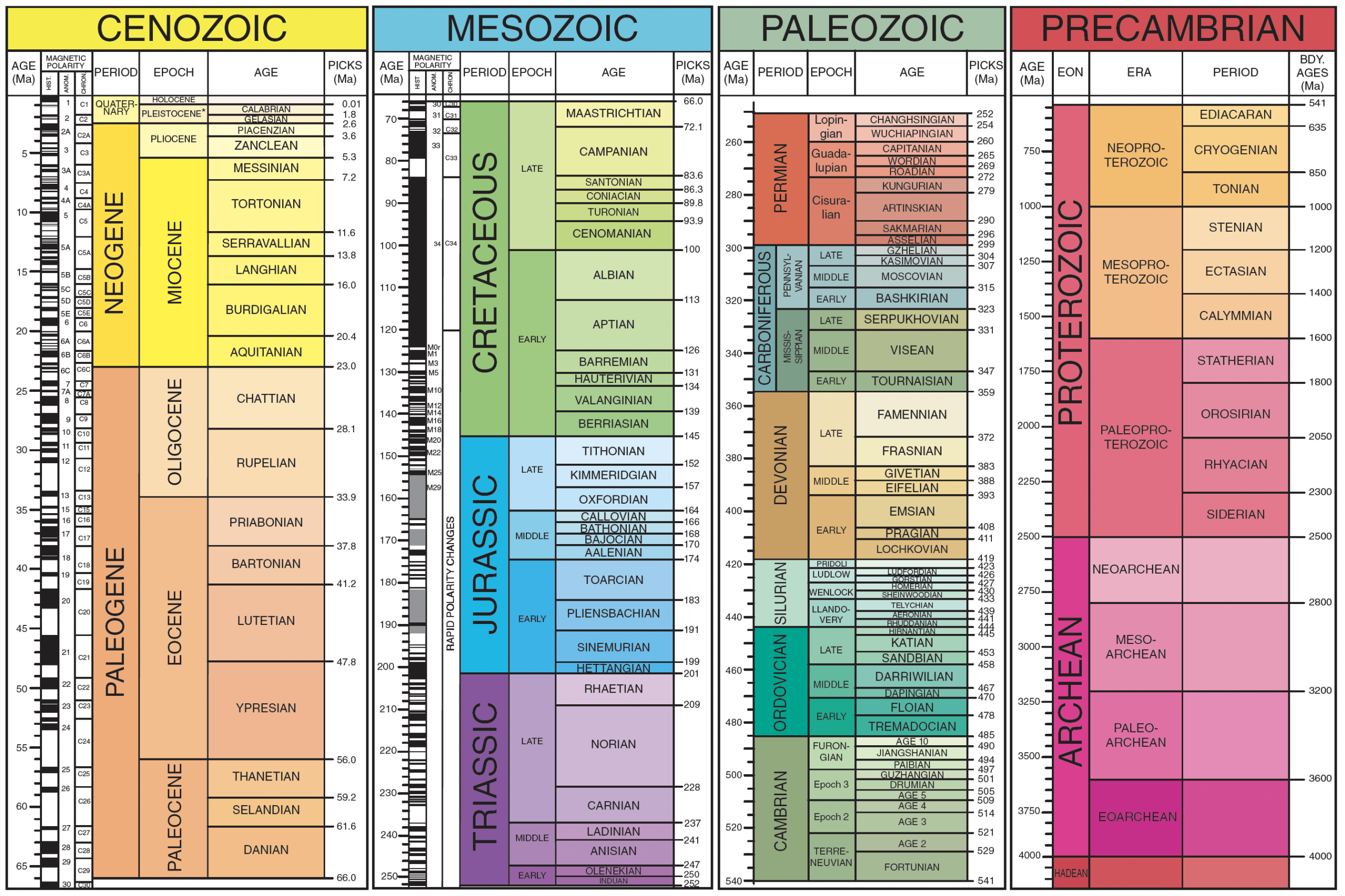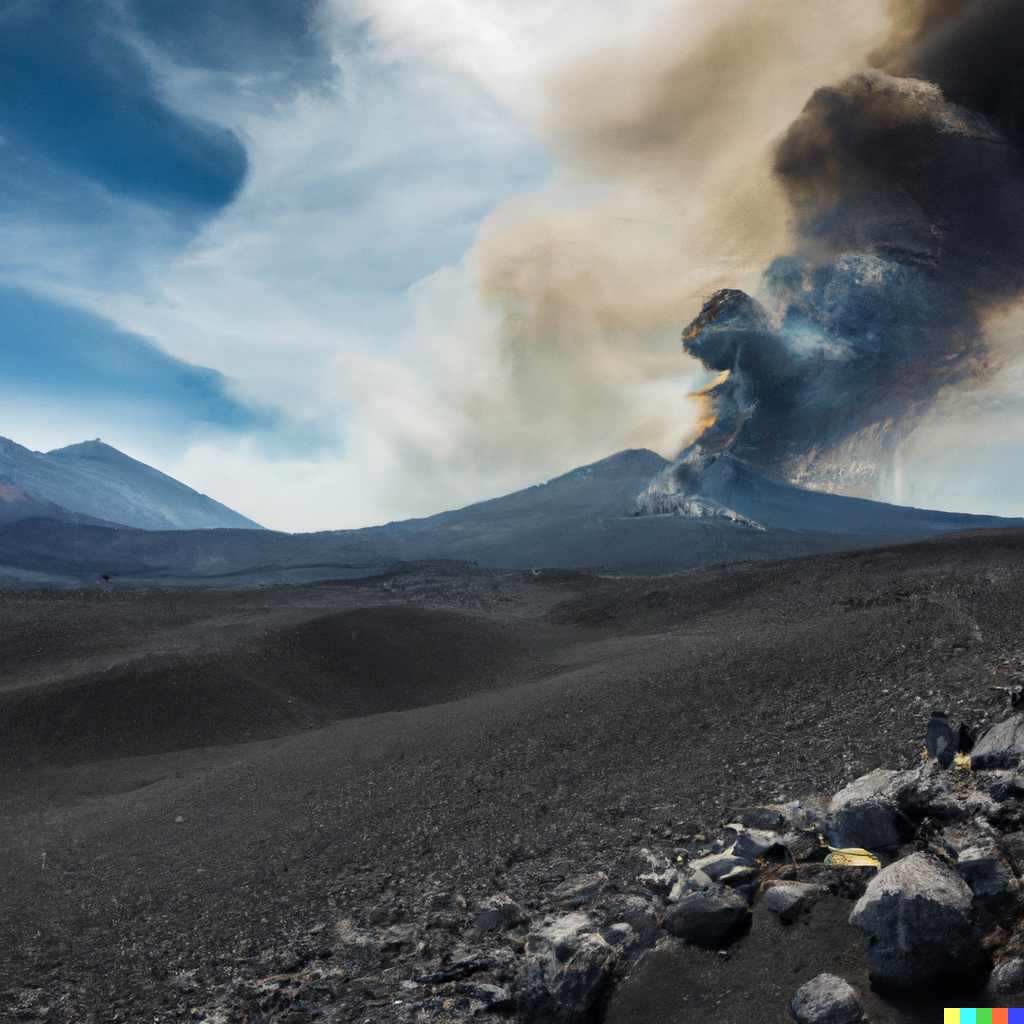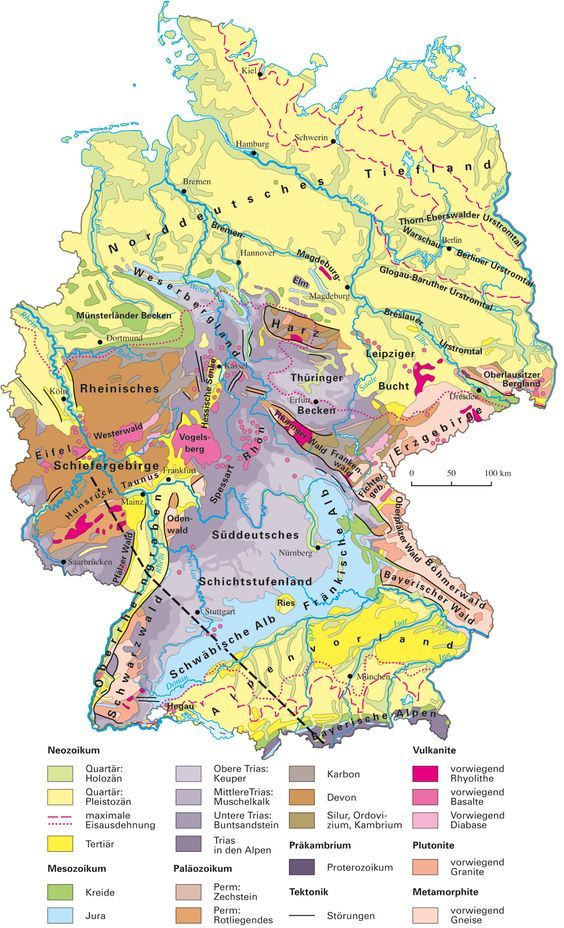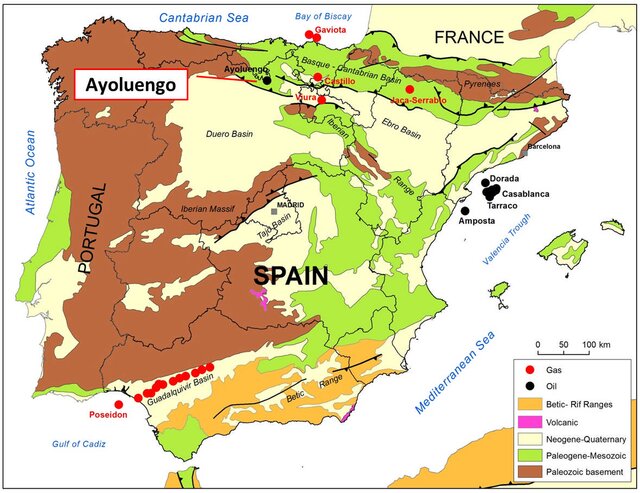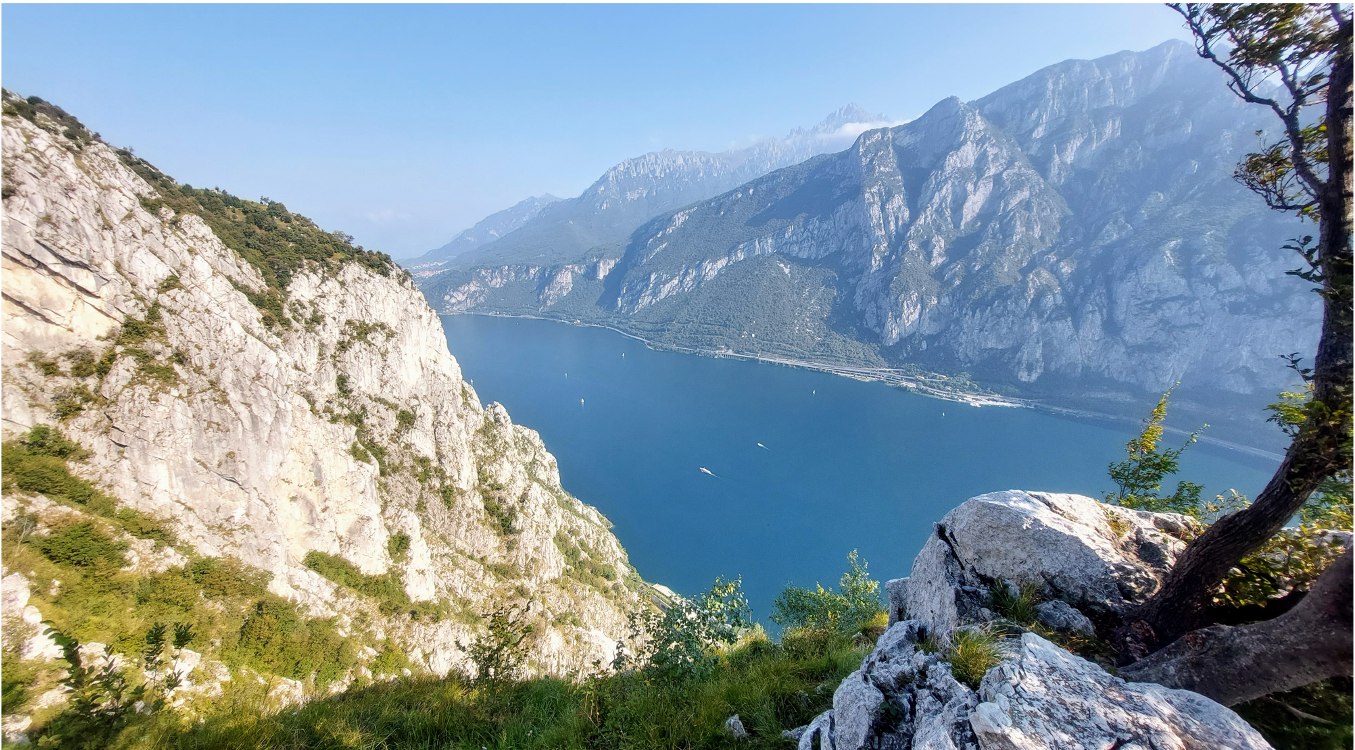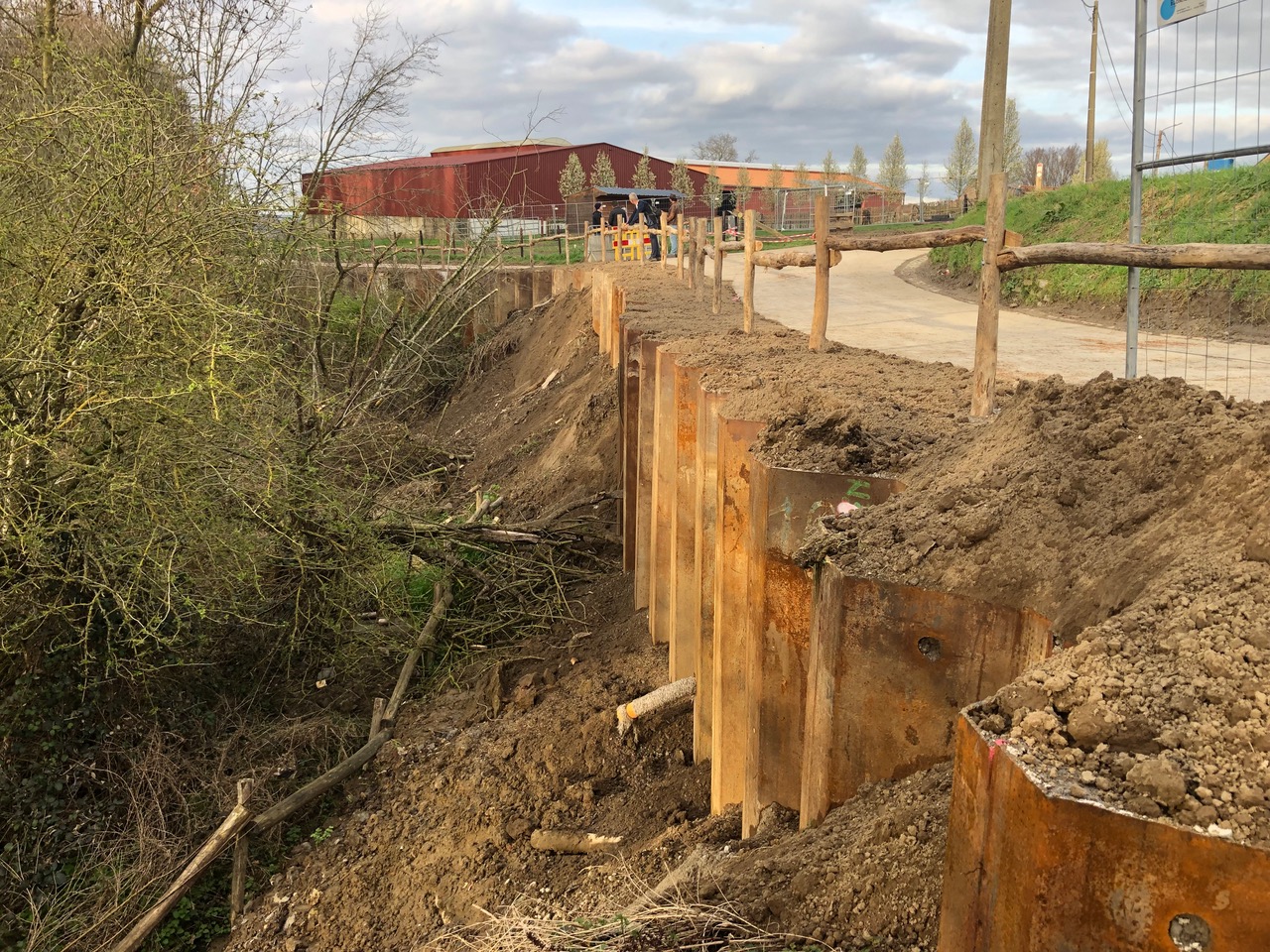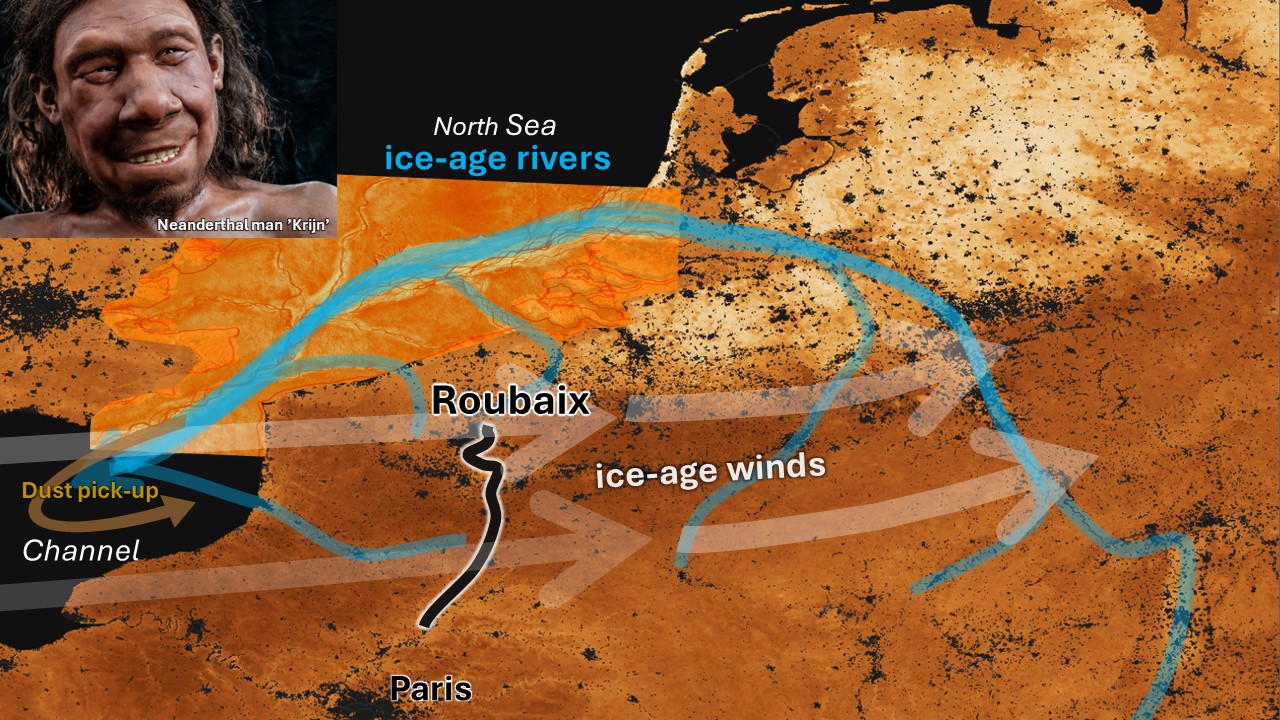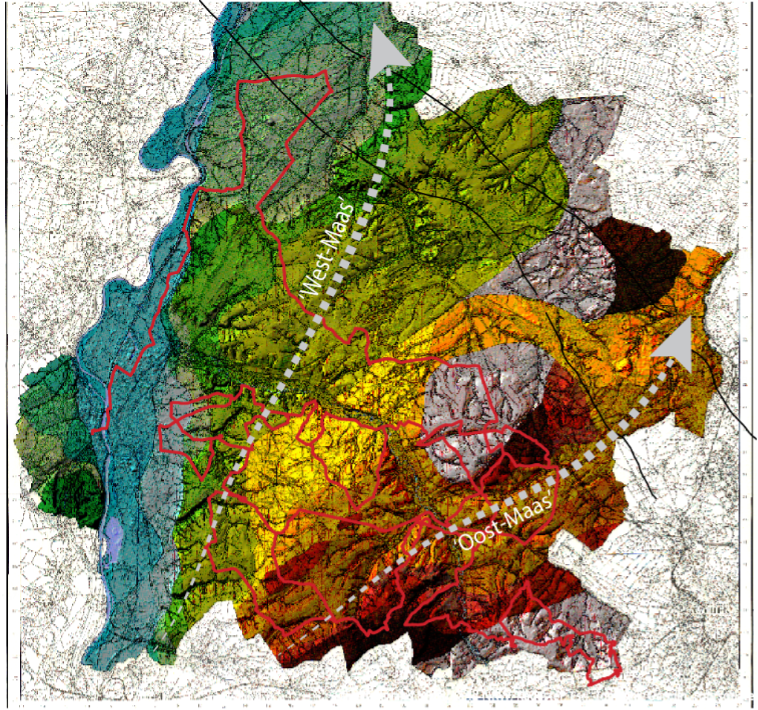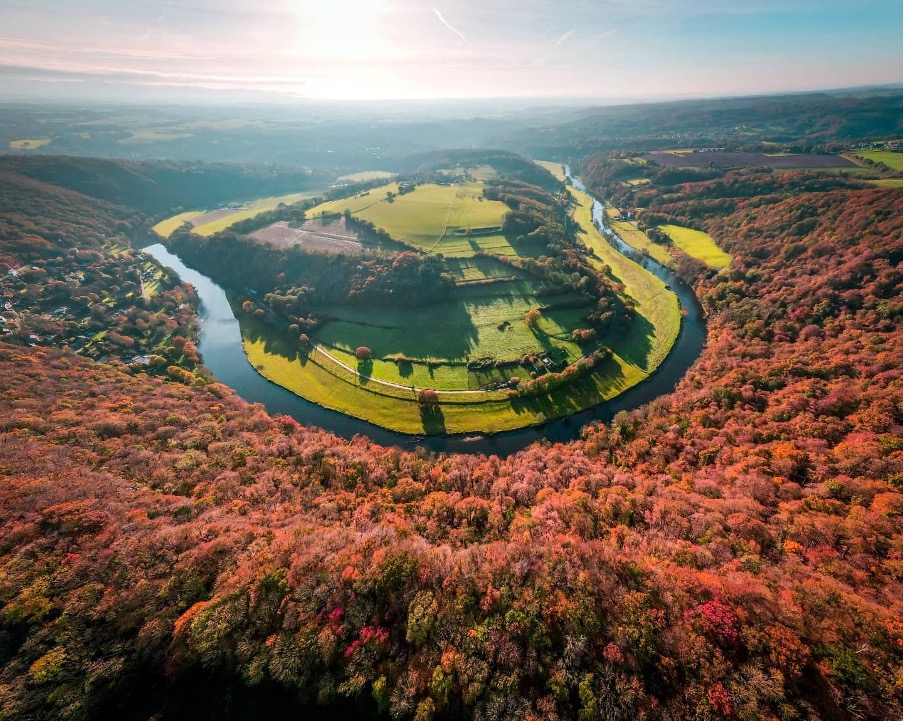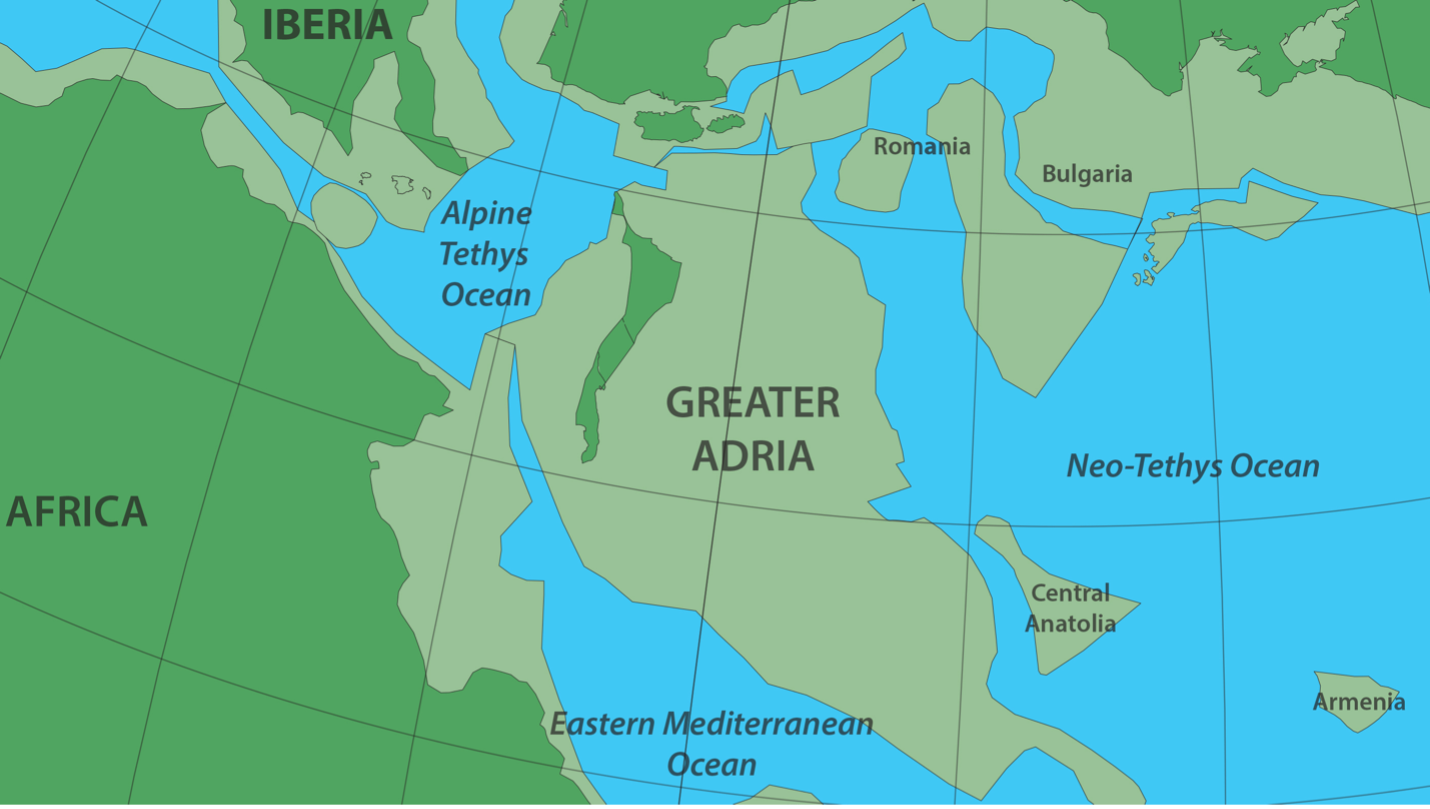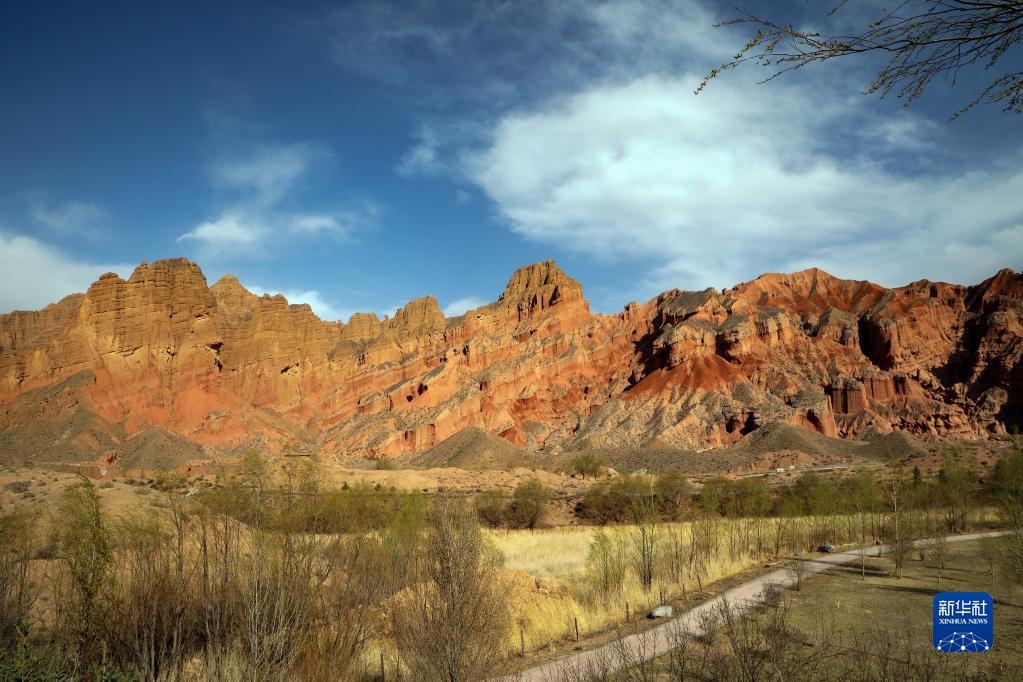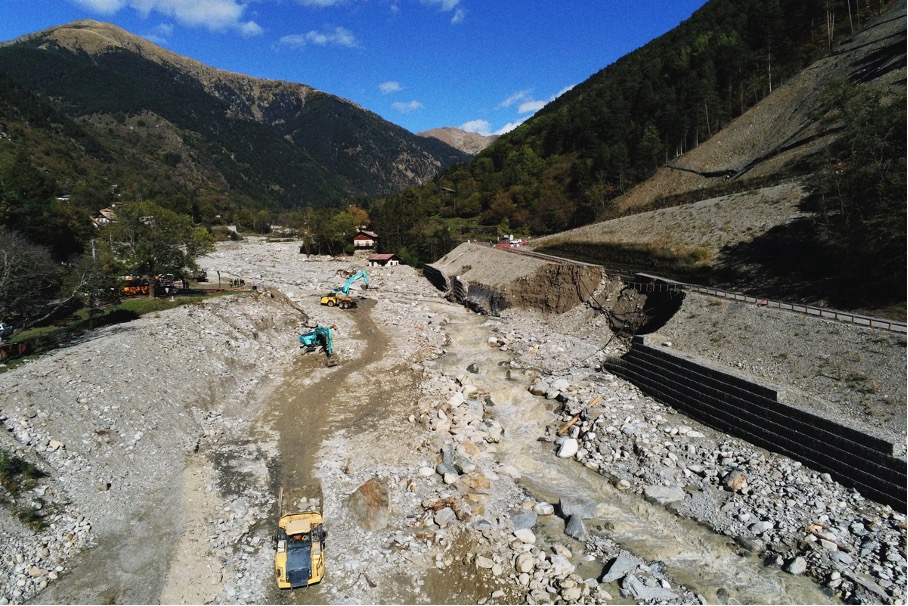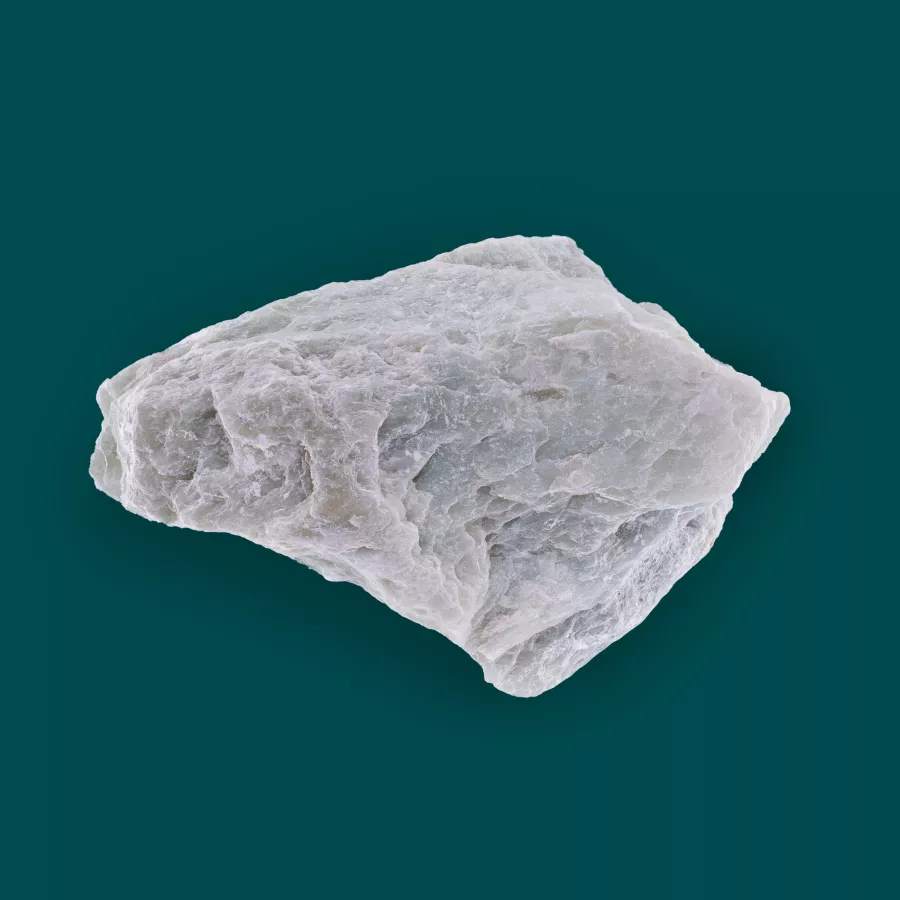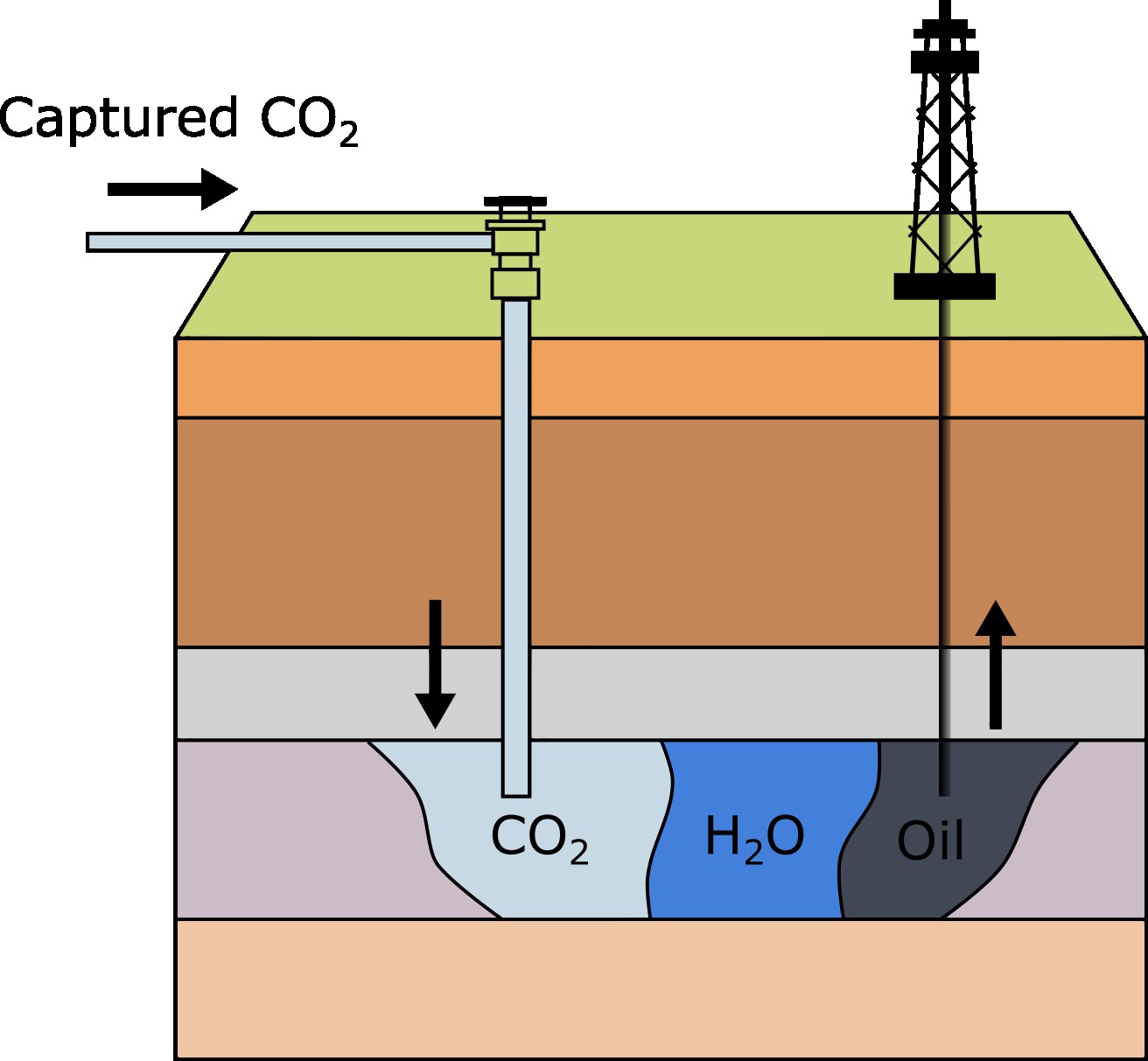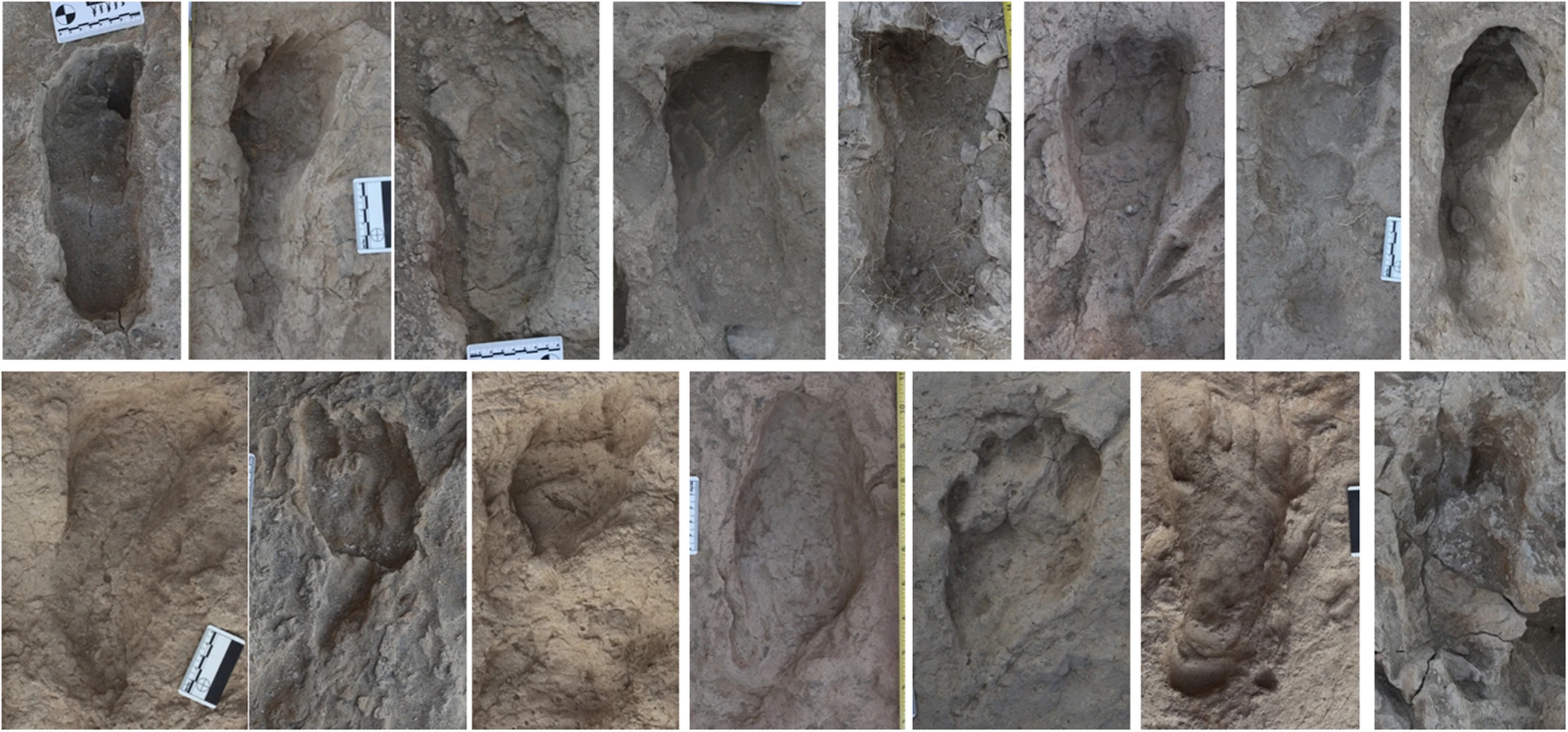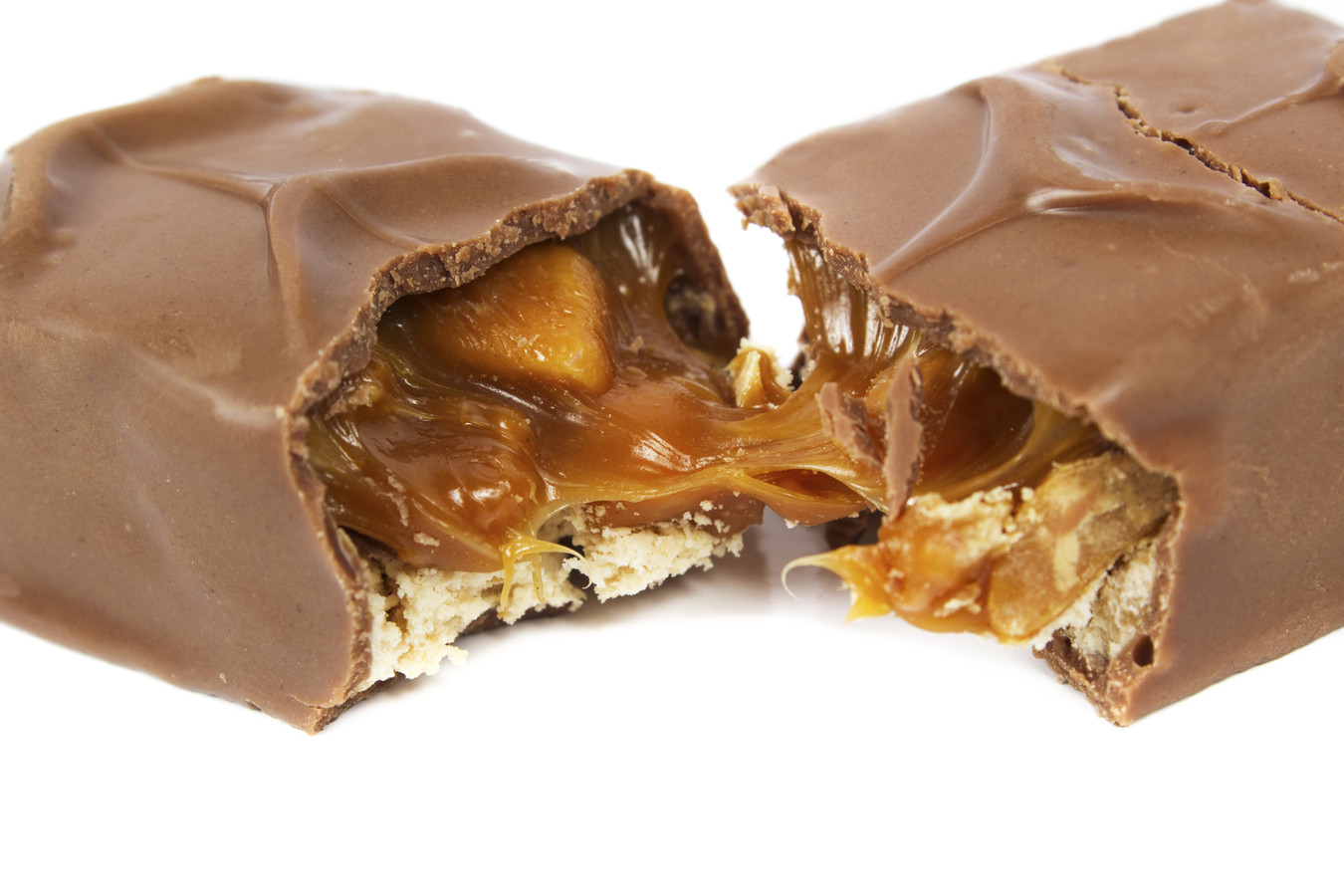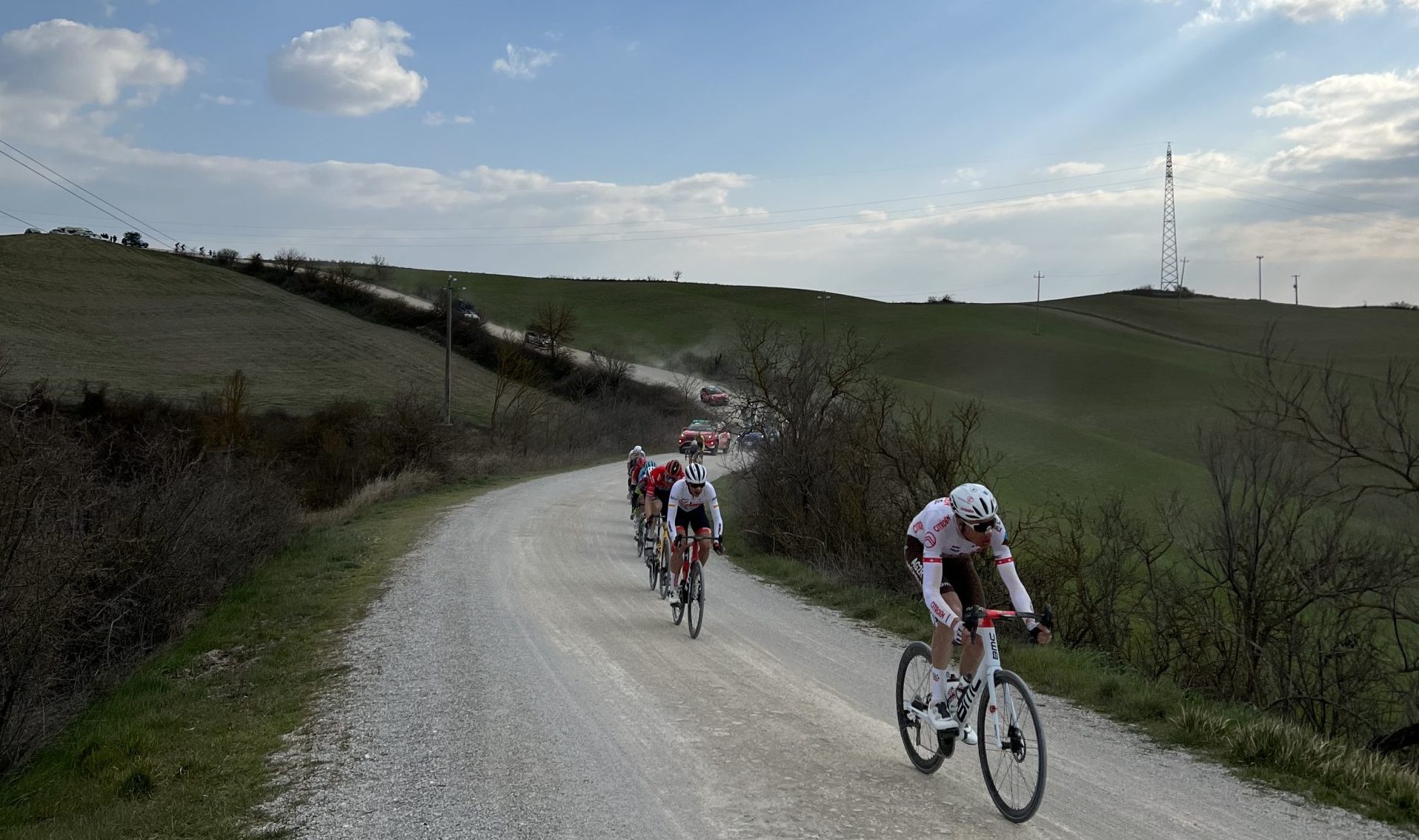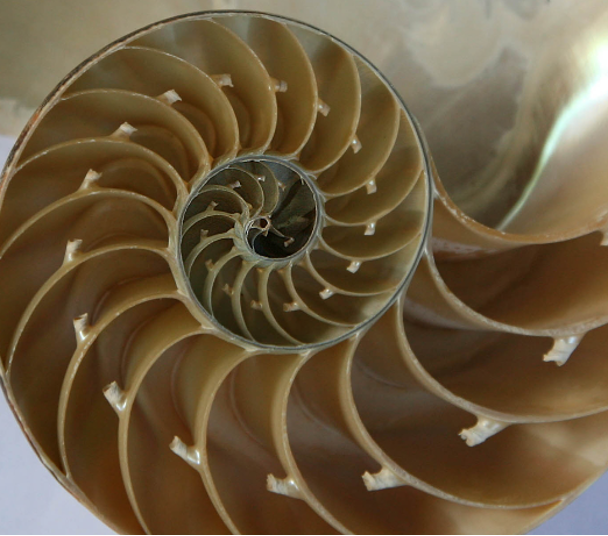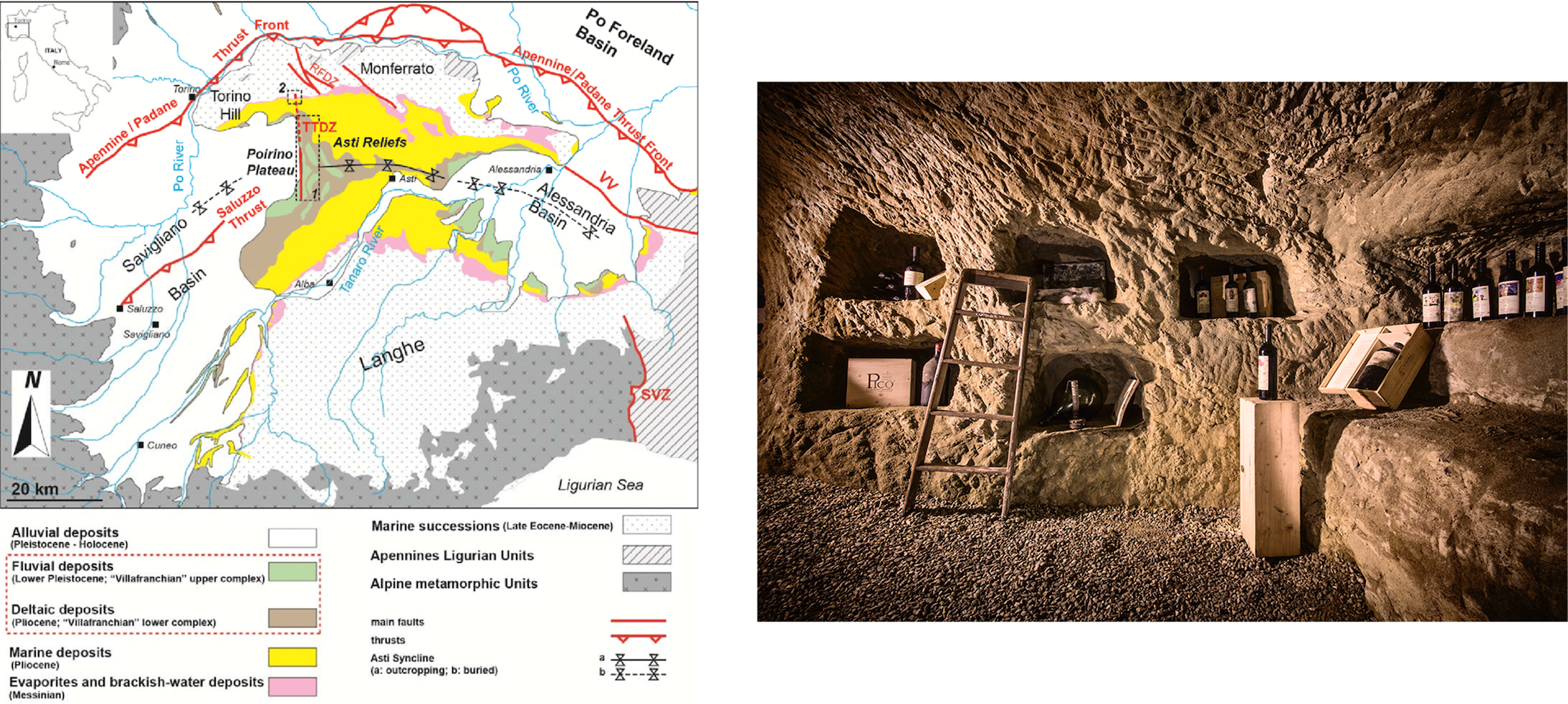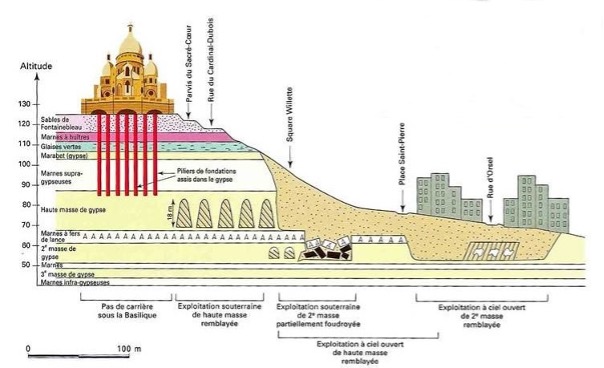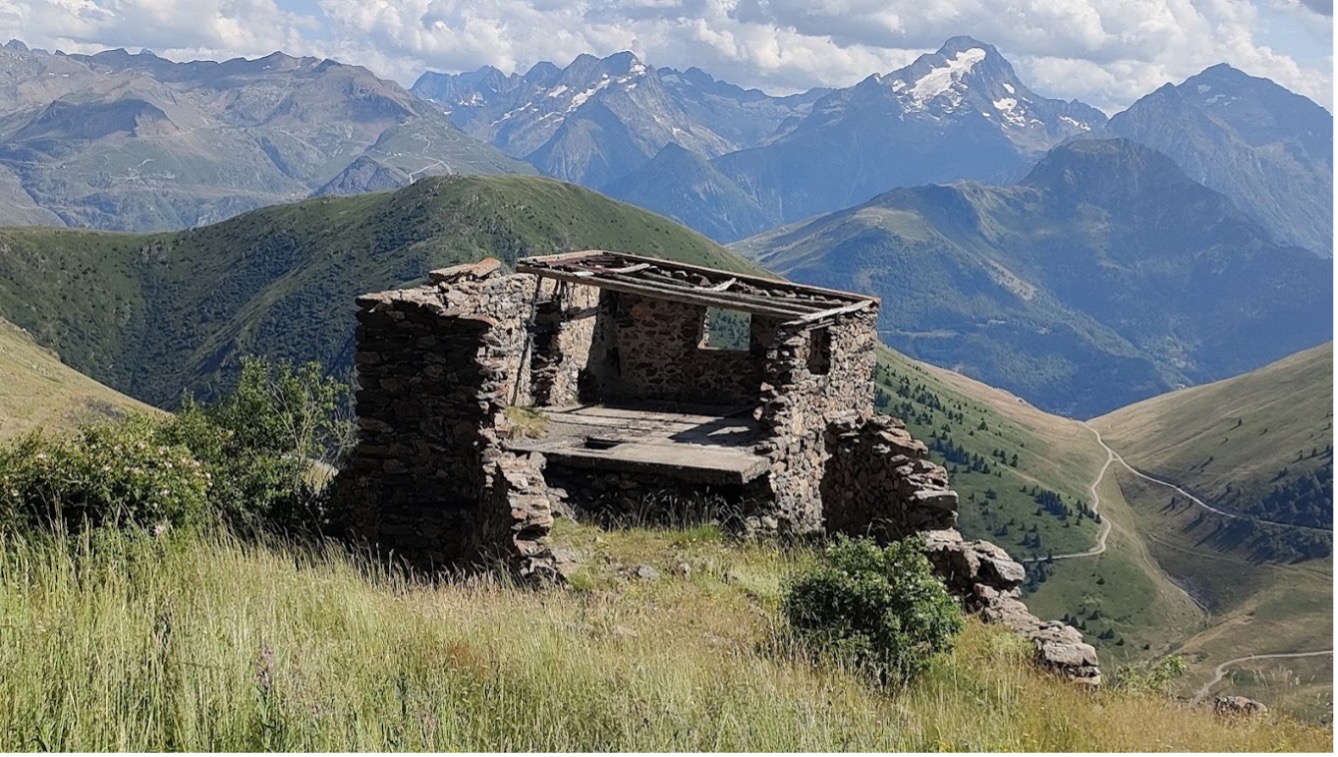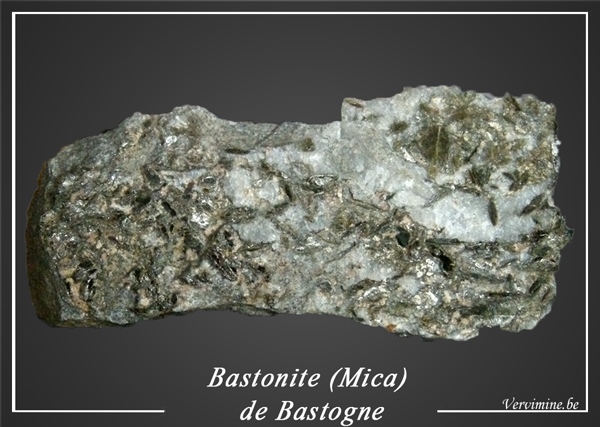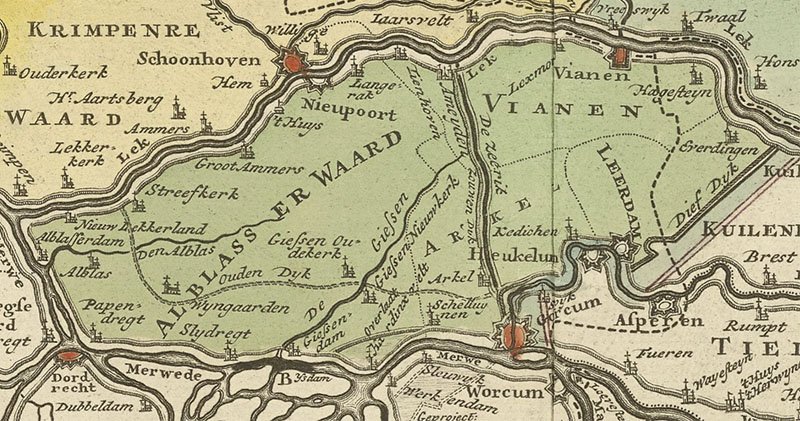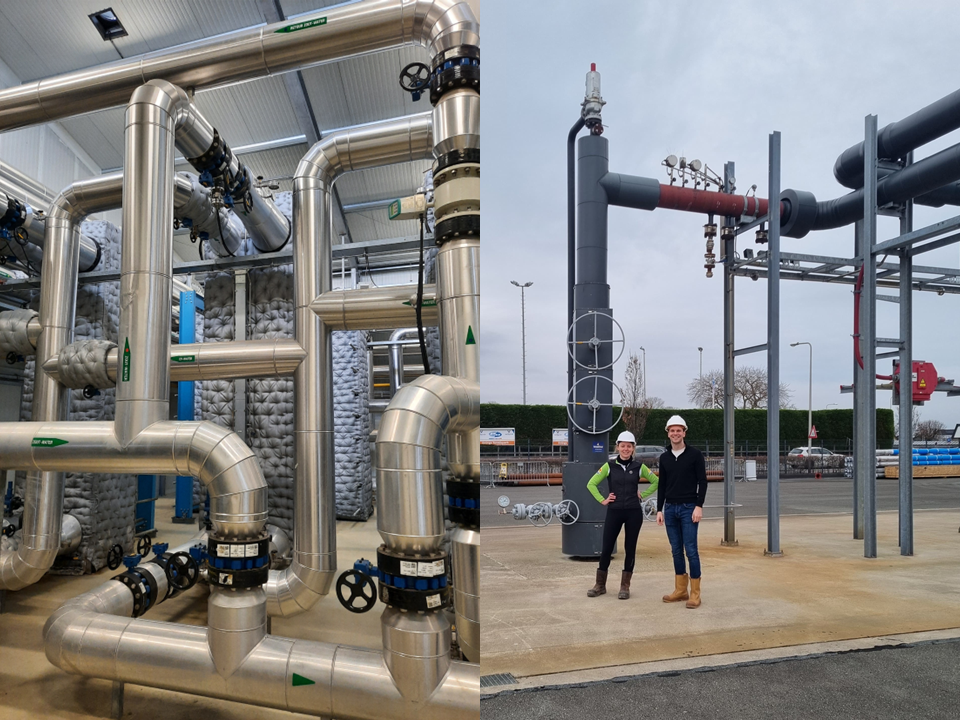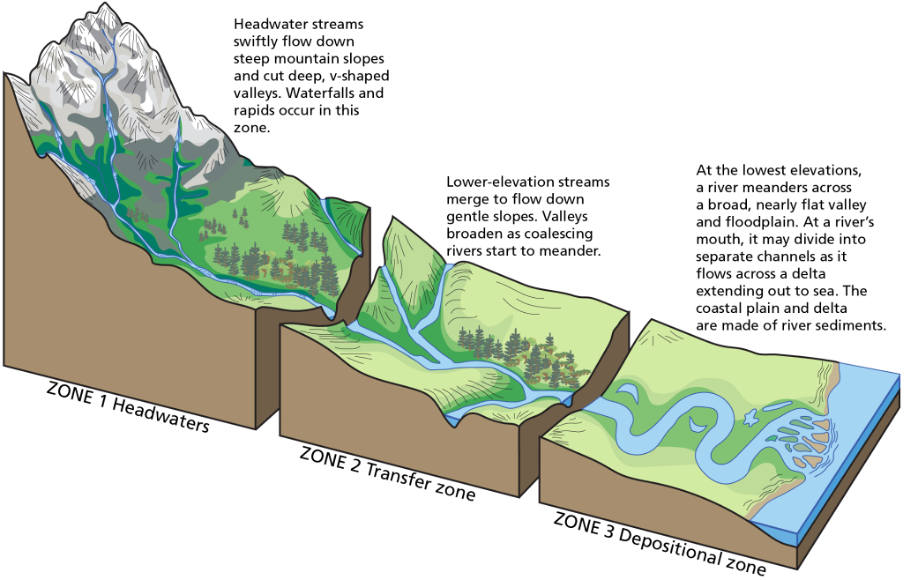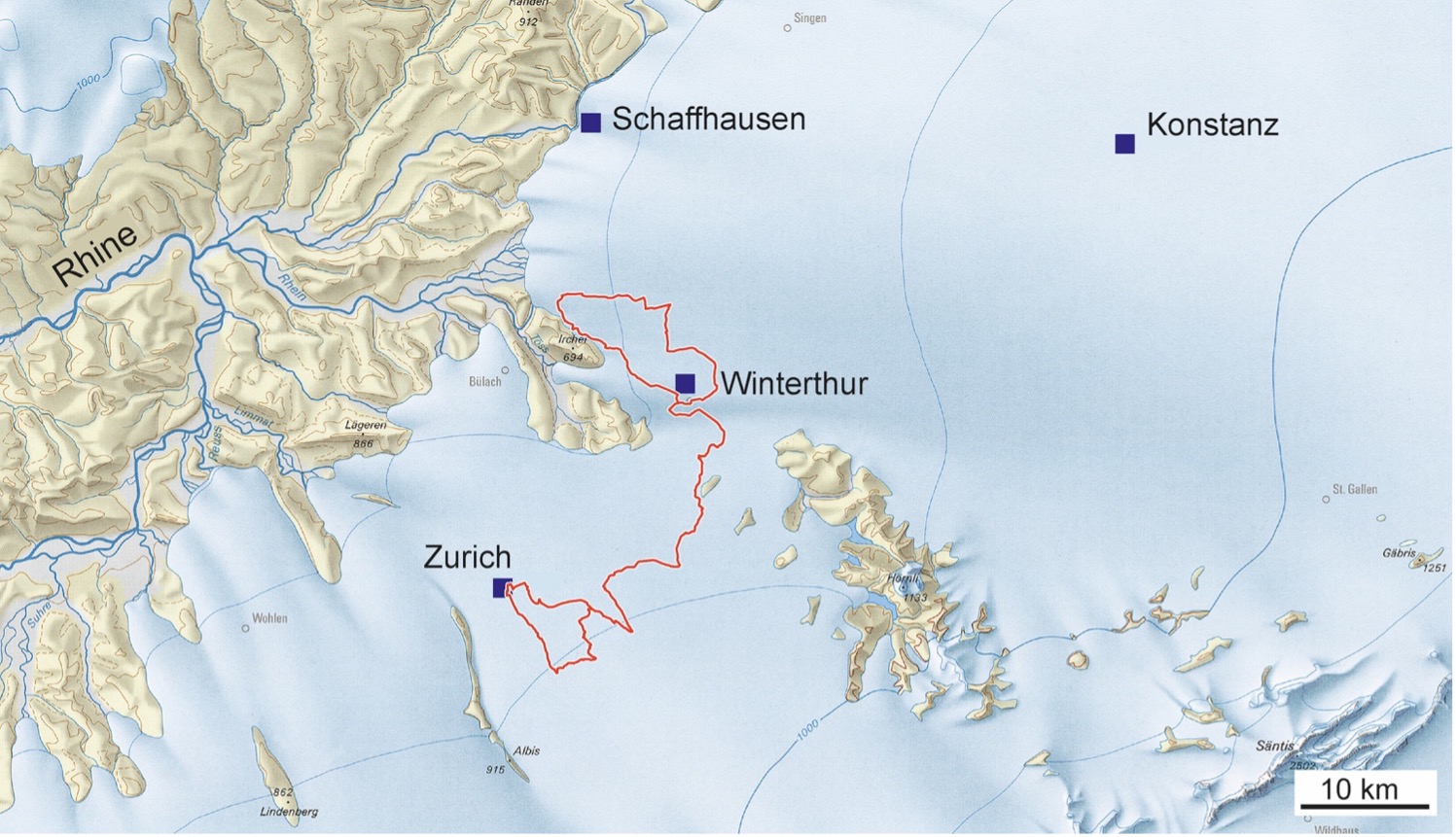-
Stage 21: Toads
Toad? Super Mario? On today’s stage on the Champs Elysées. It sounds weird but the history of the ‘Champs’ goes back 600 million years.
-
Stage 20: It’s complicated
The geology of the region we are racing in today is complicated. And so is our blog but after 20 days of Tour de France geology, you are basically experts.
-
Stage 19: Big feet
We race through the Jura and find traces of the Jurassic age of dinosaurs. But did their big feet really leave three-meter wide footprints?
-
Stage 18: A change of scenery
A change of scenery from the high Alps to the Bresse Basin. We meet tablecloths, dinosaurs and big salt deposits today.
-
Stage 17: Water and ice
There is no place where water and ice play such a big role in the Tour de France as today. Climate change sadly also does.
-
Stage 16: A short history of
Stage 16 is only a short one but the history leading to the scenery we see today is all but a short history.
-
Stage 15: Mighty mountains
Mighty mountains on today’s route and during the many helicopter shots that we will get to see. However, never forget the dangers.
-
Stage 14: Force of nature
Tour de France riders can be a force of nature. Today’s mountain stage shows us the gigantic forces that created mountain ranges.
-
Stage 13: Frog legs and dinosaur feet?
On today’s stage we find ponds with frog legs and traces of dinosaur feet indicating gigantic animals. Or were they?
-
Stage 12: Devonian Park
Devonian Park sounds like a lovely place to take a stroll? Well not exactly. Join us on a voyage through hundreds of millions of years and to the ocean that spanned across France.
-
Stage 11: White jersey
The white jersey is one of the four coveted jerseys in the Tour de France. Today we explore white from kaolinite and battery power on the course.
-
Stage 10: A fiery mystery
Why are there volcanoes in the Massif central. That’s a bit of a mystery, a fiery mystery so to speak. We give you some clues!
-
Stage 9: Explosive days
Explosive days are common in the mountains during the Tour de France. The Puy de Dome is particularly explosive due to its rich geological history.
-
Stage 8: A mysterious meteorite crater
A mysterious meteorite crater in the south of France proves many things and leaves even more questions.
-
Stage 7: A glass of wine
A glass of wine with millions and millions of years of history. The secret is all in the soil of the Bordeaux region.
-
Stage 6: Wilson
Wilson? Is there a guy named Wilson in the Tour? Not as far as we know but Wilson does play an important role in the area we are racing in.
-
Stage 5: Mountain jersey
The mountain jersey in the Tour de France is white with red dots but it should actually be green with red dots. Let us explain why.
-
Stage 4: Invisible mountains of salt
Invisible mountains of salt of the Hors Category underneath the Tour de France stage 4 won’t get you any polkadot points
-
Stage 3: Treasure trove
Zumaia is a treasure trove where giant clams tell us what time it is and what exactly happened right here seeing through time.
-
Stage 2: Karst
You don’t always need big geological events for breathtaking scenery. Sometimes the subtle influence of karst can make all the difference.
-
Stage 1: Steep climbs
In the Basque Country where we start the Tour de France 2023 big geological events lead to steep climbs over millions of years.
-
Stage 8: The future of the past
The future of the past is a bit cryptic. It’s where geology comes in to predict the future climates looking at the past.
-
Stage 7: Stressed
Mountain are like people. They get stressed and sometimes even a complete meltdown. The Pyrenees show what happened then.
-
Stage 6: Eels
Conodonts are eel-like animals but they are extinct. The last fact helps us learn about geological time scales in great precision.
-
Stage 5: Rock it
Our race course today will rock it. Literally. The geological history of the Tarn and Aveyron at your footsteps, or wheels.
-
Stage 4: Fossils
Fossils can be found in all of France. We find a lot along the Lot river in today’s stage due to the special geological circumstances here.
-
Stage 3: Hard rocks
Eclogite is one of the hardest rocks there is. Yvonne Brière used these hard rocks to prove her thesis to become a female pioneer in geology.
-
Stage 2: Sparks
Another of volcanoes in the Massif Central but the sparks have long gone. Hopefully the race will add some sparks!
-
Stage 1: Volcanic cathedral
At the Grand Départ in Clermont Ferrand we find a volcanic cathedral built with materials from the nearby Chaine des Puys.
-
Geology of the Glasgow World Championships 2023
Can you imagine a world where Scotland and England are two different beasties? Geologically speaking, that is – we won’t get into any other debates, We promise! So, here’s the scoop: way back when, the Scottish Highlands and England were part of two ancient continents. Scotland was part of Laurentia which was North America and…
-
Geology of the Deutschland Tour
Germany has everything to offer for fans of both geology and cycling. While sediments are currently accumulating in the German Wadden Sea, the oldest rocks in Germany formed more than two billion years ago. In-between these two extremes, there are rocks and sediments that tell us a story about ice ages, sea level change, mountain…
-
Geology of the Vuelta a España
After the Tour de France we want to take you to Spain for the geology of the Vuelta a Espana that starts on Saturday 26 August in Barcelona. In general, there is a direct correlation between the geology of the Vuelta course and the winner of the stage. Stages leading through sedimentary basins – think…
-
Geology of Milan-Sanremo
We explore the geology of Milan-Sanremo with lost oceans, colliding continents plus a bit of risotto and wine.
-
Geology of Paris-Roubaix
Geology can literally be found on the faces of the riders in Paris-Roubaix. We take you through the cycle of the dust.
-
Geology of the Amstel Gold Race
In the only true Dutch spring classic, riders enjoy the beautiful scenery of South Limburg during the Amstel Gold Race. The region is known for its hills. This makes it very suitable for a cycling race! Besides these differences in altitude, which are particularly large for the Netherlands and result in many sore legs, the…
-
Geology of Liège-Bastogne-Liège
Normally you expect mountains and then rivers cutting through them creating climbs and valleys? Not in the geology of Liège-Bastogne-Liège.
-
Geology of the Giro d’Italia
The first Grand Tour of the calendar year brings the peloton to Italy. Even more than in the other two grand tours, we can actually predict the type of stage winner from the geology. The climbers and puncheurs will win in Europe, and the sprinters in Africa. To explain this we bring you the geology…
-
Geology of the Tour of the Qinghai Lake
The geology of Qinghai Lake is not static. The same forces that shaped this incredible landscape are still at work.
-
Stage 21: Underwater Alps
Do the underwater Alps exist? We look at plate tectonics one more time and find a twist in the tale on the Mediterranean coast on stage 21.
-
Stage 20: Catastrophe
In 2020 catastrophe hit the Vésubie valley, a place we see on stage 20. Sediments from the river caused major damage. It could happen again.
-
Stage 19: How high is high?
How high is high is the question when we cross the highest peak of the Tour de France on stage 19. The science of geodesy has the answer.
-
Stage 18: Uplifting story
Ready for an uplifting story? The Alps of stage 18 are still getting higher. Will the riders have to climb even higher next year?
-
Stage 17: Vercors
The Vercors Massif of stage 17 brings us truffles grown on limestone from an ancient sea plus a natural fortress to defend against the enemy.
-
Stage 16: Dinosaur paradise
In a true dinosaur paradise, a set of big teeth were found near stage 16 finish line. It led to the discovery of a new species of dinosaur.
-
Stage 15: Velo d’ore
We ride through the Pyrenees on stage 15. The region is rich in ore. Some ores are used in our tyres making them a true velo d’ore.
-
Stage 14: Tectonic training camp
For today’s stage 14, Earth went on a tectonic training camp to work on the strong forces needed to create those Pyrenean climbs.
-
Stage 13: Fuel up
Riders need to fuel up for stage 13 but so does most of the race caravan. France has oil and gas reserves but also uses geology to store CO2.
-
Stage 12: First humans
We looked under the earth, at rocks, dinosaurs, high mountains, deep plate tectonics, and oceans but we never looked at the people on the earth. There are almost 8 billion of us right now and 68 million of them in France but there was a moment the first hominid, or early humans, entered what we…
-
Stage 11: Fiery future
What if stage 11 would take place in a fiery future? What if there would still be volcanic activity around the course?
-
Stage 10: The Paris Basin
The surface of stage 10 may seem flat but below the wheels of the riders we find the fascinating history of the Paris Basin.
-
Stage 9: It’s all about gravel
Limestone is at the basis of today’s stage as it is the very foundation we race on. It’s all about gravel on stage 9 but what is gravel?
-
Stage 8: Building history
We are building history with limestone today, after making wine yesterday and racing gravel tomorrow. It’s a limestone weekend!
-
Stage 7: Ancient seas make fine wines
Ancient seas make fine wines. This is true for Burgundy where limestones from the time the land was covered in sea, define wine flavor.
-
Stage 6: Wine and mustard
Geology shapes the landscape but also how to use it. The Bresse Graben along stage 6 made for great transport routes and fabulous wine.
-
Stage 5: What time is it?
How do you determine what time it is when you are examining rocks? Ask the ammonite! These fossils lived in the seas along today’s course.
-
Stage 4: An ocean on a mountain
How do you get an ocean on top of a mountain? Follow the journey of the oceanic rocks to the top of the Montgenevre.
-
Stage 3: A long ride
It’s a long ride on stage 3 of the Tour de France today but along the route riders and spectators will be able to see some amazing things like underground wine cellars
-
Stage 2: Add some salt
Can you imagine the Mediterranean completely barren and dry? It happened in the Messinian. Today we add some salt to the stage.
-
Stage 1: A shaky start
Stage 1 could get off to a shaky start as Italy is prone to earthquakes. We explain what happens below the ground.
-
The geology of Paris
We continue our summer series with the geology of Paris, and more specifically the geology of the Olympic Road Race. When the riders start to climb Butte Montmartre and Butte Belleville during the final kilometers of the Olympic Road Race, they won’t ask themselves why those hills are there. The only things going through their…
-
Stage 8: Let’s climb
Let’s climb 3700 meters of elevation. Let’s ride 150 kilometers to conclude this Tour de France Femmes. How can we do that better than with the iconic 21 legendary hairpins of Alpe d’Huez. The grand finale of this year’s Tour de France Femmes traverses through the depths of an ancient ocean. It has been uplifted…
-
Stage 7: Jura to the Alps
As we from Jura to the Alps we have some good geological questions. Like, why is there a plateau between Jura and Alps?
-
Stage 6: Jurassic
The Jura Mountains are the name giver of the Jurassic geological time period but how do you define such a period?
-
Stage 5: Ardennes
In the Ardennes we climb up the valleys instead of up the hills. It’s a fascinating and old geological story for stage 5.
-
Stage 4: The chase
The speed of the chase of a peloton vs a breakaway is easily calculated but how do you measure that of an underwater lizard?
-
Stage 2: Tidal
Three large tidal channels in the Rhine-Meuse mouth region of Dordrecht and Rotterdam in the South of Holland feature on stage two of the Tour de France Femmes. It is not only river branches that cut up the Netherlands. It is also the dykes along them. Crossing rivers also means crossing dykes. Crossing over to…
-
Stage 1: warming up
We hope the riders on stage one have a good warming up but we look at a different sort of warmth called geothermal heat.
-
Zurich 2024: time trials
It’s time to race for the rainbow again. This year we do that in Zurich, Switzerland. Together with the Department of Earth and Planetary Sciences at the ETH, the university, in Zurich we look at the geology of the world championships courses. We start with the time trials on Sunday 22 September. We race along…
-
Zurich 2024: road races
If we look at the weather predictions it won’t be arctic during the Zurich 2024 road races. However, ice ages were pivotal in creating our parcours. Only a short while ago, geologically speaking, the race course was covered by hundreds of meters of ice. The advancing glaciers and melt water rivers made this course what…













